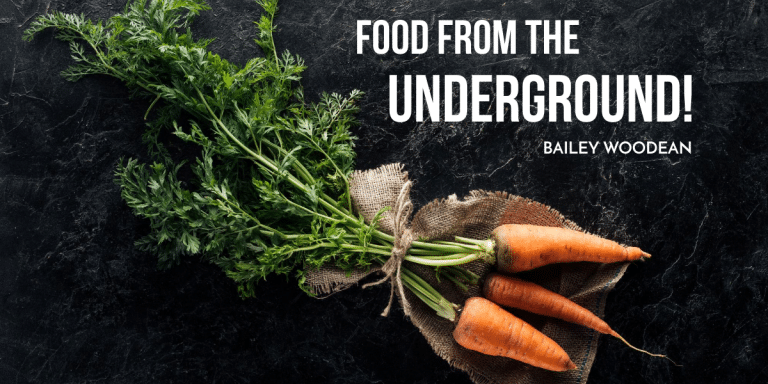
Last week we talked about several foods that grow and are harvested on a vine such as grapes and squash. This week I thought I would discover foods that grow under the ground surface.
These foods are often referred to as root vegetables. The edible portion of the food grows almost entirely under the surface of the ground and in many cases, the greens or stems are seen growing above the ground.
Carrots
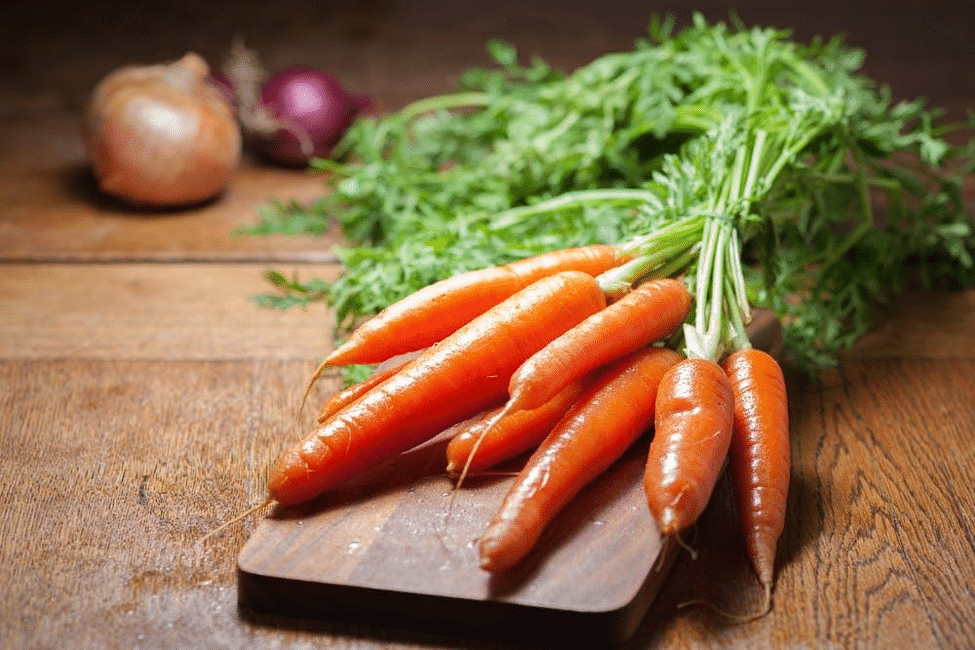
Carrots are a beautiful root vegetable. They are full of antioxidants, vitamins, minerals, and fiber! Carrots are probably best known for their vision health benefits, but it is a myth that eating them will help you see in the dark.
Nutrition facts about carrots include:
- Contains approximately 44% water per carrot
- Contains approximately 5% carbohydrates per carrot
- Contains approximately 20 calories per carrot
- Contains approximately 2 grams of fiber
Beets

Beets are a reddish-purple root vegetable. The edible portion of the beetroot grows under the surface of the ground while the leafy growth appears above the ground. This vegetable can be eaten raw or cooked. It can also be used to add color to other foods and is believed to have medicinal purposes as well.
Nutrition facts about beets include:
- Contains approximately 88% water
- Contains approximately 20% carbohydrates
- Contains approximately 2% protein
- Contains approximately 43 calories
- Contains measurable amounts of folate and manganese, as well
How to cook beets
https://whatsinthepan.com/how-to-cook-beets/#wprm-recipe-container-6518
Ingredients
3 beets
Instructions
- Start by boiling water in a large deep pot. Add the beets to the pot and boil them for 30 to 40 minutes.
- Transfer the beets onto a large plate. Allow them to cool for 15 minutes.
- Remove the skin from the beets with your hands.
- Slice to your preferred sizes.
- Store sliced beets in an airtight container for up to 1 week.
Potatoes
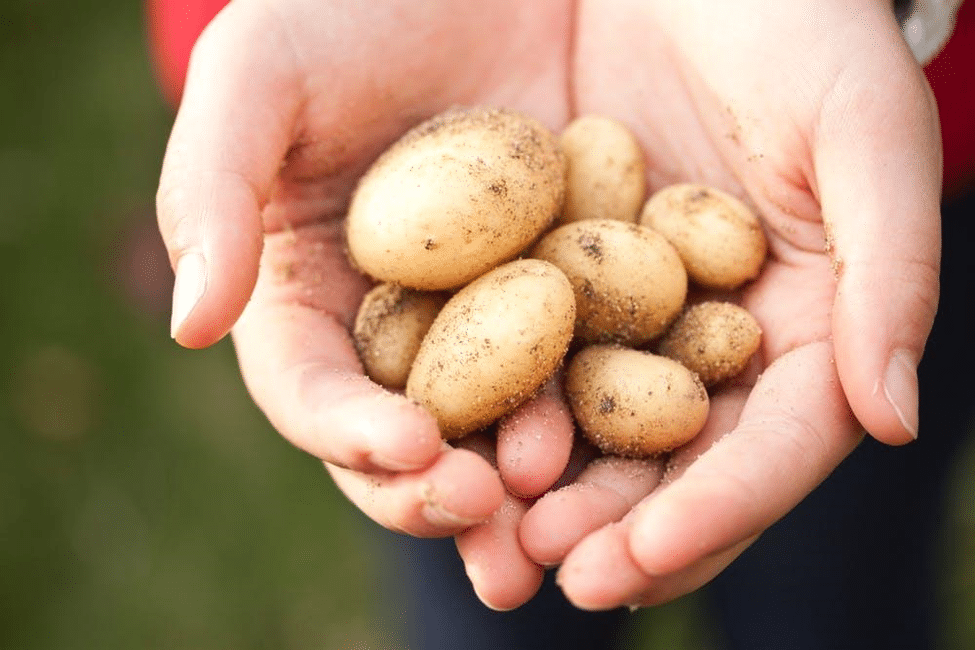
Potatoes come in a variety of different types including white, yellow, red, and purple. While the edible portion of the potato plant grows under the surface of the ground, the stem, greens, and flower of the potato plant grow above the ground.
Nutrition facts about potatoes include:
- Contains approximately 79% water
- Contains approximately 17% carbohydrates
- Contains approximately 2g protein
- Contains approximately 2.2g fiber
- Great source of potassium, magnesium, calcium, and vitamin C
Yams (also known as sweet potatoes)
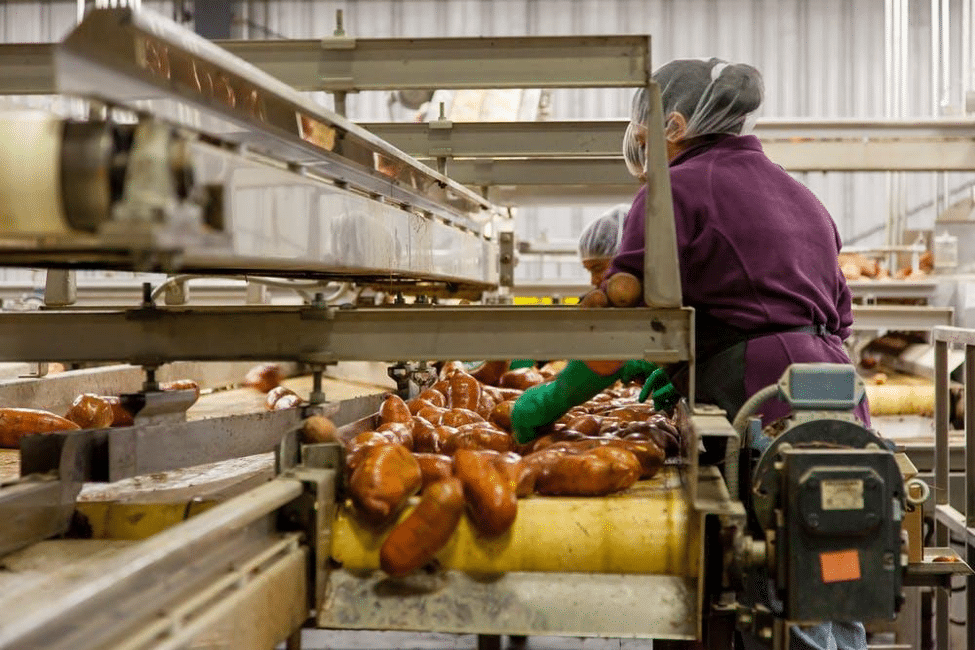
Yams or sweet potatoes are a much sweeter variety of potato than previously mentioned. Sweet potatoes or yams are typically made as a side dish during the holiday season, particularly around Thanksgiving.
Nutrition facts about yams or sweet potatoes include:
- Contains approximately 118 calories per 100g yam
- Contains approximately 27.9g carbohydrates per 100g yam
- Contains approximately 1.5g protein per 100g yam
- Contains approximately .5g sugar per 100g yam
- Contains approximately 4.1g fiber per 100g yam
Yams or sweet potatoes also contain great measurable amounts of:
- Thiamine
- Vitamin B-6
- Vitamin C
- Magnesium
- Manganese
- Potassium
Peanuts
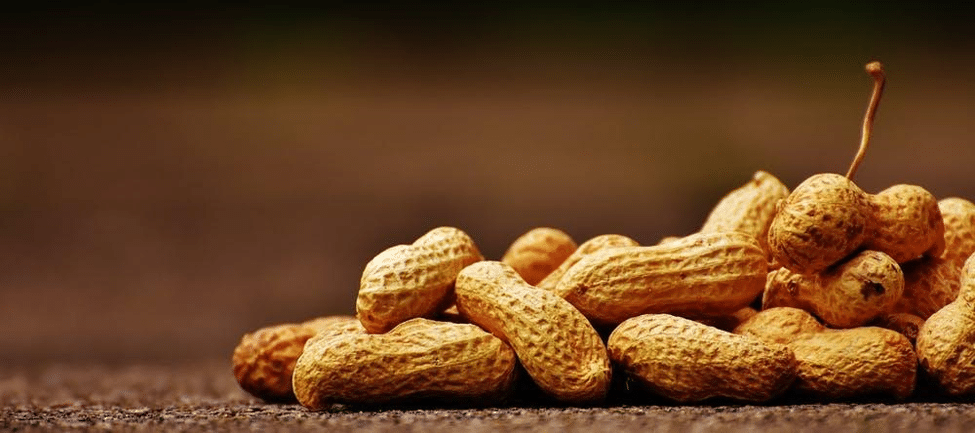
Peanuts are grown in the ground. While peanuts are largely regarded as a nut or legume, some will argue that peanuts are also considered a fruit by definition! Peanuts are wonderful for snacking because they contain protein in addition to a number of other fantastic nutrients.
Nutrition facts about peanuts include:
- Contains approximately 570 calories per 100g serving of peanuts
- Contains approximately 21g carbohydrates per 100g serving of peanuts
- Contains approximately 9g of dietary fiber per 100g serving of peanuts
- Contains approximately 48g of total fat per 100g serving of peanuts
- Contains approximately 25g of protein per 100g serving of peanuts
Peanuts are also a great source of:
- Thiamine
- Vitamin B-2
- Vitamin B-3
- Vitamin B-5
- Vitamin B-6
- Vitamin B-9
- Vitamin E
- Calcium
- Iron
- Magnesium
- Manganese
- Phosphorus
- Potassium
- Zinc
All of these foods (as well as many more) develop under the surface of the ground, but they should not be ignored! They are some of the most flavorful, nutritious, and diverse foods you can find. They are also some of the best foods to grow in stubborn gardens!